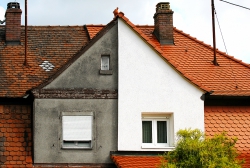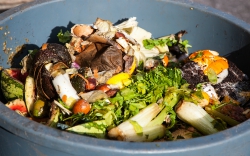Innovative treatment of wineries' wastewater
The AD-WINE(opens in new window) (High performance anaerobic digesters for the treatment of medium size wineries' effluents) project brought together scientists from both the commercial and non-commercial sectors. Researchers aimed to build an anaerobic treatment system through high-performance digesters adapted to the treatment of medium-size wineries' effluents and to develop environmental solutions for the wine sector. AD-WINE developed a new generation of anaerobic digesters for the treatment of wineries and wastewaters, showing a high efficiency and reduced operational costs. The performance results were high enough to deem the reactor a high-performance anaerobic digester. A new AD design toolkit was developed, allowing researchers to obtain reactor dimensions and the necessary plant equipment. The first task consisted of obtaining the characteristics of winery wastewater, such as its flow and physiochemical attributes. The team then produced a sewage water management manual and a bibliographical review, assembling existing sources on AD. The next step involved identifying the reactor requirements and selection of the best technology. Subsequently, project researchers designed, tested, built and validated a prototype for the treatment of wastewater of medium-sized wineries. The prototype's behaviour was tested in terms of operational conditions, quality of the effluent, energy produced and sludge characteristics. Other project activities saw the development of modelling and process tools, through a combination of chemometrics, black box modelling and photoionisation detector control that measures volatile organic compounds and other gases. Finally, AD-WINE developed a mathematical model, based on fluid dynamics, mass transfer and reaction kinetics, to calculate and dimension the operation parameters of the innovative anaerobic reactor for treatment of wastewater from medium-sized wineries. A variety of tools were also developed, such as a nomogram, to measure plant sizes in relation to wastewater amount and seasonal operation, and an Excel database, to select the required marketable plant equipment. Dissemination and training activities as well as partner meetings were organised to facilitate knowledge sharing and raise public awareness on the developed technologies and solutions, for both the scientific community and the general public. Project outcomes were shared on the project's website, as well as at several congresses and workshops, and a patent for the new design has been submitted. The results fulfil the initially foreseen expectations, offering economic, environmental and social advantages.







